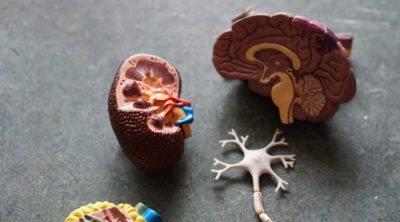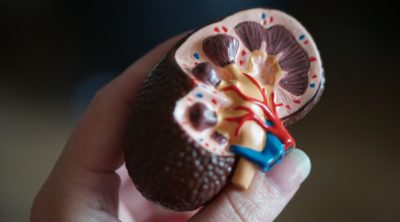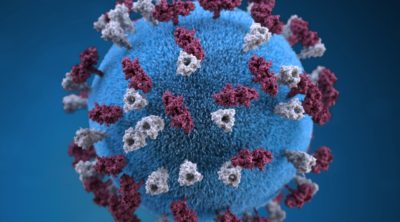
Nodes of Ranvier are located between sheaths of myelin. They facilitate speedy electric transmission. Bodytomy, in this post, explains its function and significance. Take a look!
Why Ranvier?
The nodes or gaps between myelin sheaths were discovered by the French anatomist and pathologist Louis Antoine Ranvier.
Neurons are the most fundamental units of the nervous system. They connect the brain and spinal cord to every organ and muscle fiber in the body. Neurons constitute our body’s response mechanism; they receive sensory stimulation from the sense organs, and execute an appropriate response by producing the required muscular movement.
Neurons do all this by the means of rapid electrical communication. Each neuron in the network transmits the received impulse to the next neuron, until the required response is triggered. However, this transmission essentially needs to be speedy in order to avoid harm or damage to the body. Consider yourself getting pricked by a thorn, what you immediately do is withdraw the pricked portion of your body. If the neural transmission was delayed, the thorn would do even more damage till the neurons triggered the withdrawal response.
All reflexes emerge from swift neural activity. The nodes of Ranvier help accelerate the transmission of a neural impulse. Here’s how.
Node of Ranvier Function
Where Are the Nodes of Ranvier Located?

A neuron is made up of a soma, dendrites, nucleus, axon, and terminals. The axon is coated with layers of myelin, a fatty substance that insulates the neuron from electrically charged atoms and molecules. However, the axon stays uninsulated at equidistant points, which are referred to as nodes of Ranvier. Each node is approximately 1 micrometer long.
What Do Nodes of Ranvier Do?
To learn the function of these nodes, it’s essential to know the complete process of impulse transmission of a neuron. A neuron receives a signal from another neuron in the form of chemical neurotransmitters. These are produced by the terminals of the conducting neuron and are received by the dendrites of the next neuron. A structure called synapse facilitates this process.
Once received, the neuron converts the chemical neurotransmitters to an electrical impulse. This impulse travels along the axon to the terminals, and is passed on to the next consecutive neuron in the same way (chemical reaction). As mentioned earlier, the axon is covered with a fatty substance called myelin that insulates it from charged atoms and molecules.
Nodes of Ranvier are basically gaps formed between the myelin coating (sometimes called myelin sheath gaps), and are the only parts of axon that are uninsulated. Therefore, these are the only spots on the axon that allow electrical activity, and are effectively depolarized. Depolarization, simply means, exchange of positive and negative ions between the interiors and exteriors of the axon. The inside of an axon is negatively charged, whereas the outside contains positively charged ions.
As an electrical impulse travels, it depolarizes every spot which is in contact with the positively charged ions (nodes) which, in normal cases, are nodes of Ranvier. This makes the impulse hop from one node to another, thus speeding up electrical transmission. In case the whole axon membrane is exposed to the positively charged ions (absence of myelin), depolarization would take place at every spot on the axon, therefore slowing conduction.
Nodes of Ranvier, in simple terms, are like gates; they allow exchange of ions for speedy electrical transmission.


